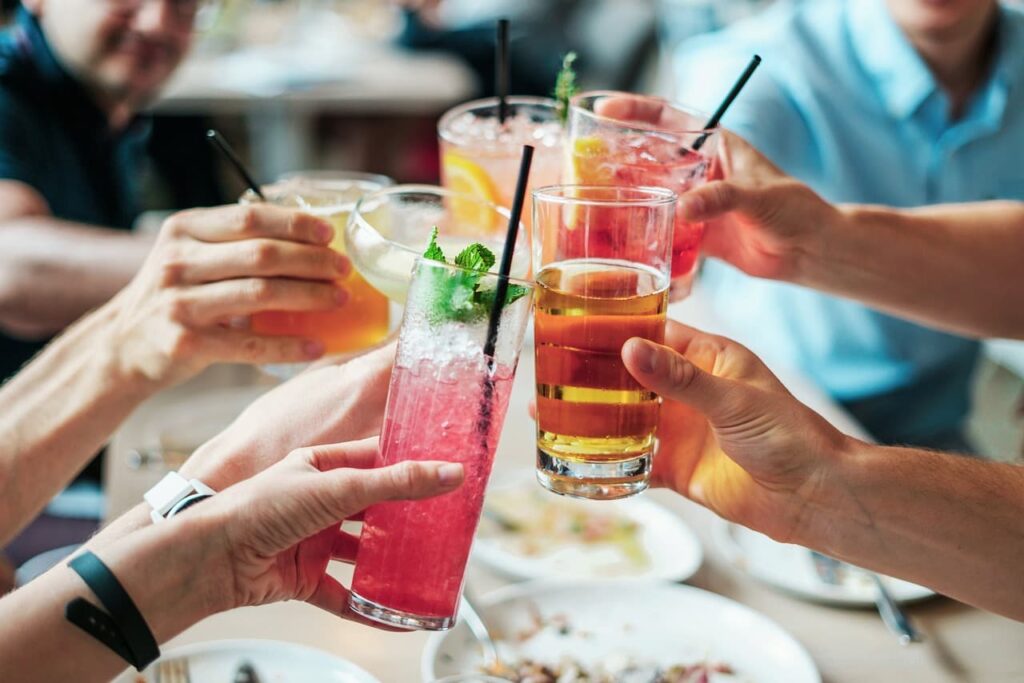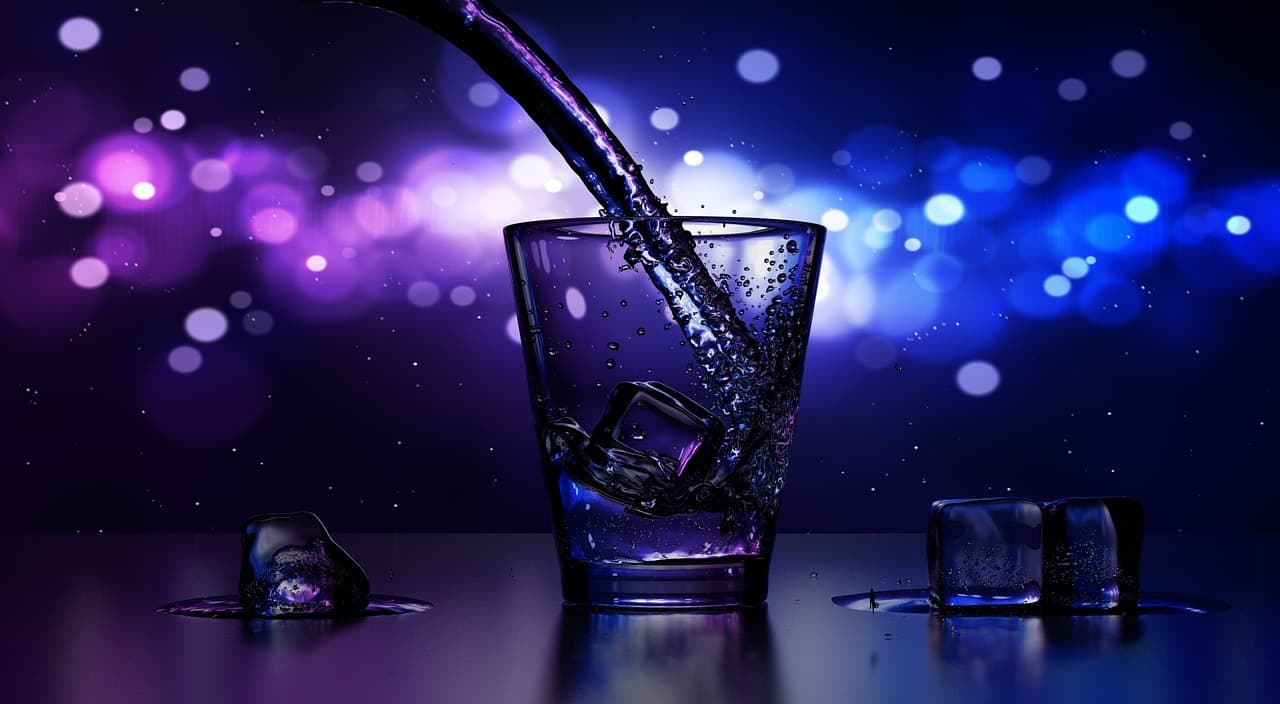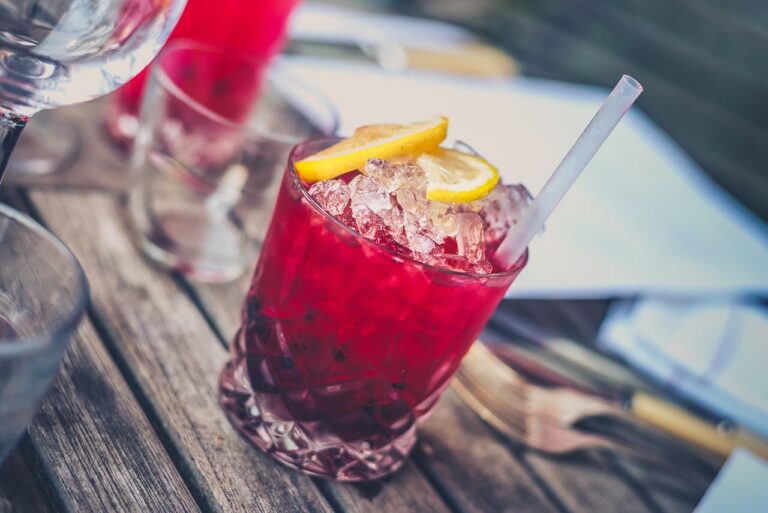Exploring the world of mixology is like exploring a wide and colorful environment, where each component gives a new aroma, taste, and texture to experiment with. Mastering the discipline of cocktail making is more than simply remembering recipes for aspiring bartenders—it’s about knowing the subtle balance of tastes, the history behind each spirit, and the innovation that propels the field of mixology ahead. Let’s take it one pour at a time and learn how to make distinctive cocktails.
The Art and Science of Mixology
Mixology is an art as well as a science. Aspiring bartenders must master the chemistry underlying different components’ responses, as well as the exact proportions and procedures that convert ordinary spirits into amazing experiences. The creative expression involved in each drink, from the garnish to the presentation method, contributes to the artistry.
Understanding Spirits
The backbone of any cocktail is the spirit. Vodka, gin, rum, tequila, whiskey—each offers a distinct flavor profile and history. Vodka is the chameleon of spirits, perfect for those who appreciate its subtle character. Gin brings botanicals into the mix, offering a canvas for creativity. Rum carries the essence of the tropics, while tequila speaks of sun-soaked festivities. Whiskey, with its complex layers, is for those who revel in depth and warmth.
Balancing Flavors
Creating signature cocktails is about finding balance. Sweet, sour, bitter, salty, and umami—these are the five basic tastes that bartenders play with. A successful cocktail might marry the sweetness of simple syrup with the tartness of fresh lemon juice, the bitterness of an amaro, or the saltiness of a well-placed olive. It’s about achieving harmony in a glass, a harmony that sings to the palate of each individual who takes a sip.
When balancing flavors in a cocktail, several key considerations come into play to achieve the desired taste profile:
- Sweetness: Often derived from simple syrup, agave nectar, or liqueurs, sweetness can round off the sharp edges of a drink and provide body.
- Sourness: Typically introduced through citrus like lemon or lime juice, sourness adds a refreshing zing and can highlight other flavors in the cocktail.
- Bitterness: Aperitifs, bitters, and certain spirits contribute bitterness, which can add complexity and depth to a drink, preventing it from becoming cloyingly sweet.
- Saltiness: A pinch of salt or a saline solution can enhance other flavors and bring out subtle notes that might otherwise be missed.
- Umami: The savory quality often found in ingredients like tomato juice or a dash of soy sauce can introduce a rich, mouth-filling sensation that complements other tastes.
The Role of Fresh Ingredients
Fresh ingredients can elevate a cocktail from good to unforgettable. Seasonal fruits, aromatic herbs, and even vegetables can contribute to the uniqueness of a cocktail. A sprig of mint, a slice of cucumber, or a muddled berry can add that fresh burst of flavor that sets a drink apart.

Technique Matters
Technique is as important as the ingredients. Shaking, stirring, muddling, straining—each step and method affects the final product. The shake of a cocktail can aerate, chill, and dilute, which is perfect for citrus-based drinks. Stirring is suited for strong, spirit-forward cocktails, as it chills without dilution. Muddling releases essential oils and juices, while straining ensures a smooth drinking experience.
Innovation and Trends
Mixology is an ever-evolving field. Trends come and go, and with them, new cocktails emerge. Infusions, barrel aging, molecular mixology—these are just a few of the trends that have shaped the cocktail scene in recent years. Aspiring bartenders must stay informed and be willing to experiment.
Creating a Signature Cocktail
The creation of a signature cocktail is a personal journey. It starts with inspiration—perhaps a memory, an experience, or a favorite ingredient. The process involves experimentation, trial and error, and a lot of tasting. It’s about crafting a drink that tells a story, that embodies a concept, or that simply delights with its uniqueness.
Presentation and Garnish
First impressions matter. The presentation of a cocktail is its introduction to the guest. Glassware choices, ice shapes, and garnishes are all part of the cocktail’s allure. A thoughtfully chosen garnish not only adds to the flavor but also to the visual appeal of the drink.
The Customer Experience
Ultimately, the goal of a signature cocktail is to provide a memorable experience for the customer. It’s about creating a moment, an escape, a delight. Aspiring bartenders should aim to engage the senses, evoke emotions, and leave a lasting impression.
Conclusion
In the journey of mixology, the learning never ends. Each cocktail crafted is a lesson, each customer’s feedback a guide to refinement. Aspiring bartenders who embark on this journey must do so with passion, dedication, and an open mind. Crafting signature cocktails is not just about mixing drinks; it’s about blending science with art, tradition with innovation, and flavor with experience to create something truly extraordinary.

